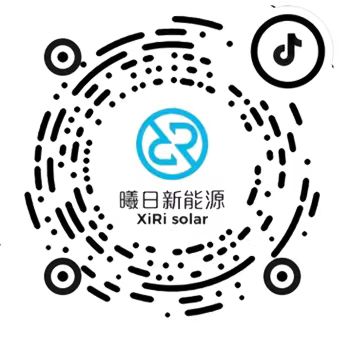The most important aspect of photovoltaic power station construction acceptance is whether the wind resistance can meet the standard, and the key to measuring the wind resistance of photovoltaic power stations is determined by the photovoltaic support system. In theory, photovoltaic brackets need to have a wind resistance of 216km/h and withstand wind speeds of at least level 13 typhoons, which is 150km/h.
In our country,Photovoltaic bracketThe national testing standards for solar photovoltaic systems have not yet been introduced, and only the industry standard JG/T490-2016 General Technical Requirements for Solar Photovoltaic System Supports is available for reference. Specific testing items for different indicators of photovoltaic brackets:
1. The material testing items for photovoltaic brackets mainly include steel and hardware materials, aluminum alloy materials, lightning protection grounding equipment, and dissimilar metal materials
2. The appearance inspection items of photovoltaic brackets mainly include steel surface and aluminum alloy material appearance.
3. The main items for detecting the size deviation of photovoltaic brackets include columns, beams, frames, and other components.
4. The wall thickness testing items for photovoltaic brackets mainly include steel plate wall thickness, aluminum alloy wall thickness, and other items.
5. The mechanical performance testing items of photovoltaic brackets mainly include the slenderness ratio limit of the tension and compression components of the brackets, the deflection and column top displacement of the components under constant load, wind load, snow load, and seismic load.
6. The corrosion performance testing of photovoltaic brackets mainly includes anti-corrosion measures for carbon structural steel and low alloy high-strength structural steel, as well as surface treatment of aluminum alloy profiles.
According to the requirements of IEC61215, photovoltaic modules need to undergo mechanical load testing to test their ability to withstand wind, snow, static pressure, and ice loads. The so-called dynamic mechanical load refers to the shaking of the front and back surfaces of photovoltaic modules under strong wind, which will cause the modules to shake back and forth under strong wind, and cause the modules to withstand alternating pressure in both directions, thereby accelerating material fatigue and causing the failure of fragile parts such as battery cells and busbars.



